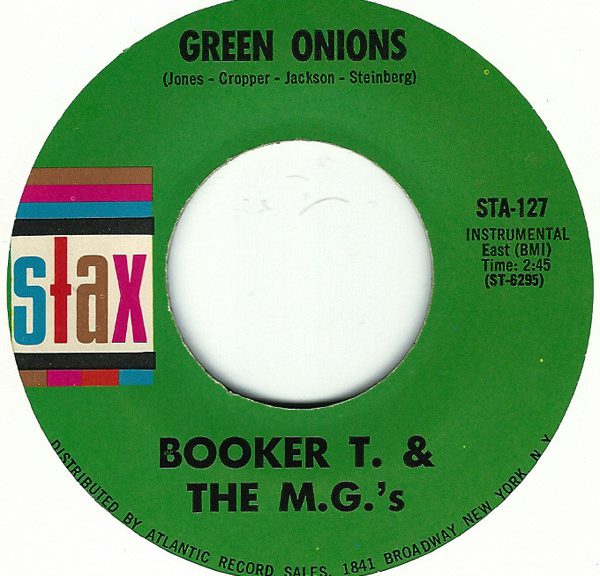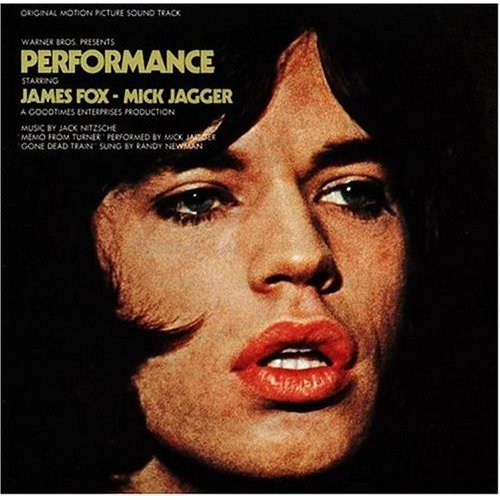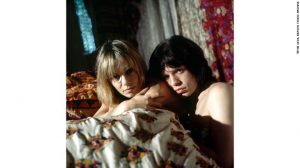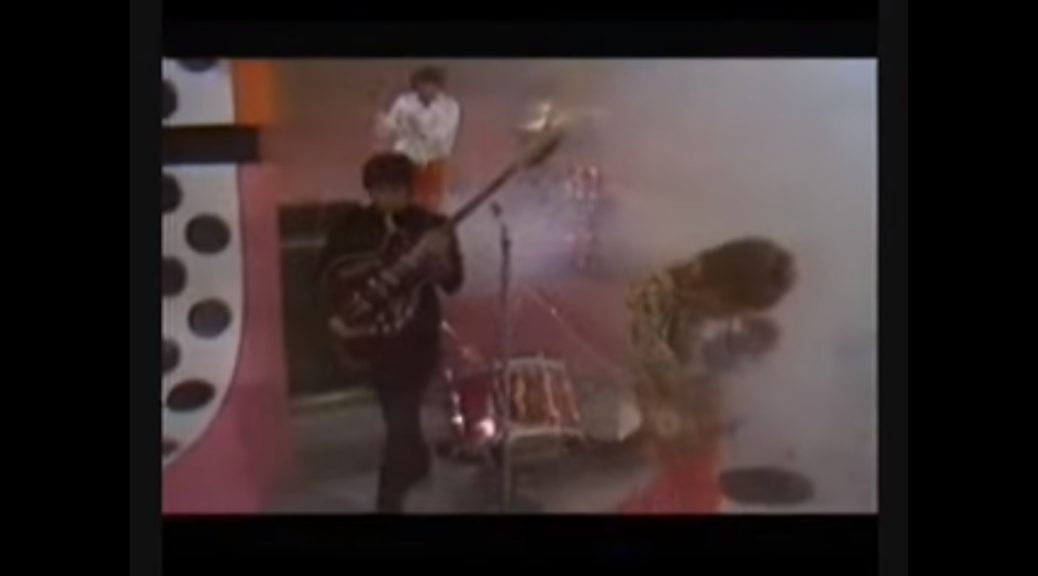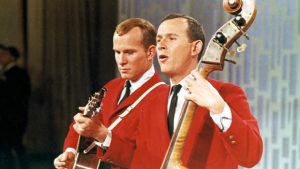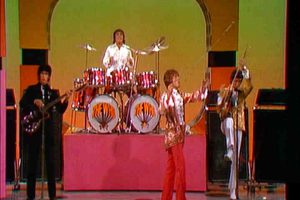October Music et al
Fear of Rock/WDIA Memphis
In October 1954: WDIA [Memphis, TN] and several other large popular-music radio stations banned several songs fro their sexually suggestive lyrics. The station ran announcements saying, “WDIA, your goodwill station, in the interest of good citizenship, for the protection of morals and our American way of life, does not consider this record [they named record], fit for broadcast on WDIA. We are sure all you listeners will agree with us.” (“Rock Is Dead” book link) (see February 24, 1955)
October Music et al
Frank Sinatra
In October 1957: Associated Press reprinted an excerpt from a magazine called “Western World” published in Paris. In it Frank Sinatra denounced rock music and musicians. The AP article said in part:
“The famed crooner, writing in the magazine Western World … praised the influence of American jazz and popular music as a way of winning friends and influencing people throughout the world.
“My only deep sorrow,” he said, “is the unrelenting insistence of recording and motion picture companies upon purveying the most brutal, ugly, degenerate, vicious form of expression it has been my displeasure to hear—naturally I refer to the bulk of rock ‘n’ roll.
October Music et al
Mutual Broadcasting System
In 1958 the Mutual Broadcasting System (radio) dropped all rock from its network music programs, calling it “distorted, monotonous, noisy music.” To coincide with the ban, the network changed the title of its 21 hours of music programming from “Top 50” to “Pop 50.” Songs removed from play included “Splish Splash” by Bobby Darin and Elvis Presley’s “Hard Headed Woman.” (see Jan 12)
October Music et al
Future Woodstock Performers
Joan Baez
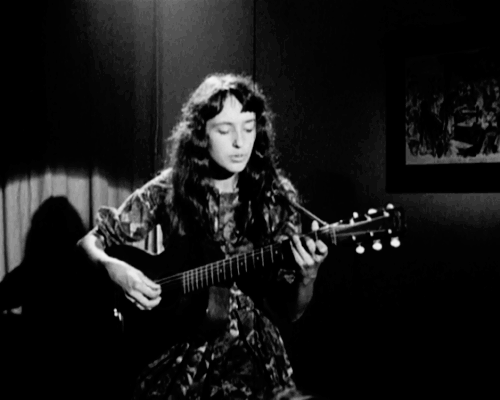
In October 1960: Joan Baez (age 19) released her first album, Joan Baez.
Ravi Shankar
In 1962: Ravi Shankar released his 4th album, Improvisations. He released his first at age 17 in 1937.
https://www.youtube.com/watch?v=lCEU1QthKgM&list=PLWgPB85I_6O6KmW7cRr6btm5hbGquxBrr
Paul Butterfield
In October, 1965: The Paul Butterfield Blues Band album released. (Paul Butterfield age 23). The personnel are:
|
Jimi Hendrix
In October 1965: recorded a single with Curtis Knight, “How Would You Feel” backed with “Welcome Home” (see In December 1965)
Sly and the Family Stone
In October 1967: Sly and the Family Stone released first album, “A Whole New Thing.” (Sly Stone, 24) Personnel for the album are:
|
October Music et al
Green Onions
In October 1962: Southern soul has its first major hit with the instrumental “Green Onions” by Booker T. & the MG’s. On a broadcast of the radio program Wait Wait… Don’t Tell Me! on June 24, 2013, Booker T Jones was asked about the title and said, “The bass player thought it was so funky, he wanted to call it ‘Funky Onions’, but they thought that was too low-class, so we used ‘Green Onions’ instead.”Green Onions.”
October Music et al
LSD
In October 1966: after faking his suicide and months on the run in Mexico, Ken Kesey gets word from fellow prankster, Carolyn Adams (aka Mountain Girl), that the cops are on to him. He sneaked back into the US where he will be caught and serve his sentence. (see Oct 2)
October Music et al
Nina Simone
In October 1967: Nina Simone released “I Wish I Knew How It Would Feel To Be Free.”
From a Joe Hagen article: The door swung open and there she was: Nina Simone, alone in her dressing room, sweat cascading down her shaved head, a wig thrown to the floor and two glittering fake eyelashes mashed unceremoniously against the mirror.(see Oct 7)

